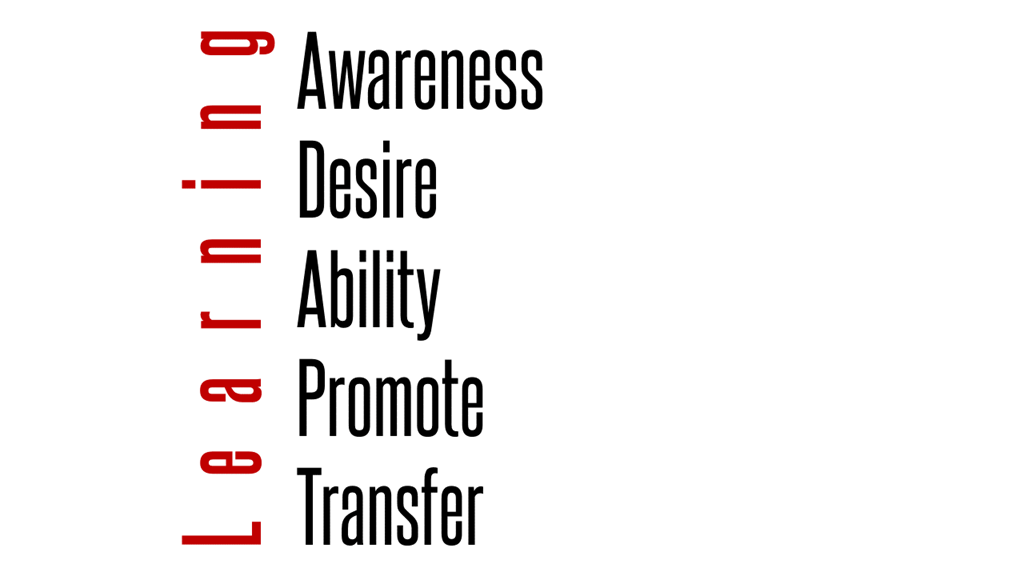
Scrum adoption can be attributed to ADAPT- Awareness, Desire, Ability, Promotion, and Transfer. Each part of ADAPT cycle have a dedicated goal and tools to reach this goal. These activities not only helps in scrum but also helps in Agile values, or other Agile frameworks (like XP) can be improved, if there is a need to change to solve a problem.
Predictability: Scrum has an iterative, incremental approach to optimize predictability and control risk.
Sprints enable predictability by ensuring the Scrum Pillars (Inspection, Transparency and adaptation) and progress to a Sprint Goal in a Time-box no longer than 30 days. Working in strict Time-boxes allows us to achieve higher predictability.
Flexibility: The Scrum framework optimizes flexibility, creativity, and productivity.
Scrum is about being flexible; if a change arises in the middle of a sprint we should be able to make it.
Scrum is also about maximizing the delivery of value by a team over an extended period. One good way of doing so is to allow the team to retain focus on one goal before redirecting it toward another. Improving an organization’s flexibility in responding to strategic changes is different from becoming overly responsive to the short term, which often leads to unsatisfying long-term results.
ADAPT- Awareness
Awareness that the current process is not delivering acceptable results.Change begins with an awareness that the status quo is no longer desirable. However, becoming aware that what worked in the past is no longer working can be extremely difficult. Lack of exposure to the big picture is one of the common reasons behind developing awareness for the need to change. Instead of list a lot of common problem a project faces every day, focus on the two, or three major problem that reflect the need of change.
Awareness Tools:
- Communicate that there’s a problem
- Use metrics
- Provide exposure to new people and experiences
- Run a pilot project
- Focus attention on the most important reasons to change.
ADAPT- Desire
Desire to adopt Scrum as a way to address current problems. Beyond being aware of the need to change, one must also have the desire to change. Moving from an awareness that the current development process isn’t working to the desire to use a different one can be very hard for many people.
Example “I am aware that I should eat more vegetables; I don’t yet desire to make that change in my diet”
Desire Tools
- Communicate that there’s a better way
- Create a sense of urgency
- Build momentum
- Get the team to take Scrum for a test drive
- Align incentives(or at least remove disincentives)
- Focus on addressing fear
- Help people let go
- Don’t discredit the past
- Engage employees in the effort
ADAPT- Ability
Ability to succeed with Scrum. All of the awareness and desire in the world won’t get a team anywhere if it does not also acquire the ability to be Agile. Succeeding with Scrum requires team members not only to learn new skills but also to unlearn old ones. Some of the larger challenges Scrum teams will face include the following:
- Gaining new technical skills.
- Learning to think and work as a team.
- Practicing how to create working software within short time-boxes.
Ability Tools
- Provide coaching and training.
- Hold individuals accountable.
- Share information.
- Set reasonable targets.
- Just do it.
ADAPT- Promotion
Promotion of Scrum through sharing experiences so that we remember and others can see our successes. There are three goals during promotion. The first is to lay the groundwork for the next pass through the ADAPT cycle. By promoting current successes you will have a jump start on creating awareness for the next round of improvements. The second goal is to reinforce Agile behavior on existing teams by spreading the news of the good things those teams have achieved. Finally, the third goal is to create awareness and interest among those outside the groups directly involved in adopting Scrum.
Promotion Tools
- Publicize the success stories
- Host an Agile safari
- Attract attention and interest
ADAPT- Transfer
Transfer of the implications of using Scrum through out the company.It is impossible for a development team to remain Agile on its own permanently. If the implications of using Scrum are not transferred to other departments, organizational gravity from those departments will eventually stall and kill the transition effort. Rest of the organization must become at least compatible with Scrum.
The following is a list of groups to whom you must transfer the implications of using Scrum. These groups are fundamental participants in Scrum rather than groups to which the effects of Scrum are transferred.
- Human resources
- Facilities
- Marketing
- Finance
There are groups beyond above mentioned one where scrum implications must be transferred. For example, project management office, sales, information technology, operations, hardware development, and other groups with organizational gravity. Transferring the implications of Scrum to them will be important for long-term success
